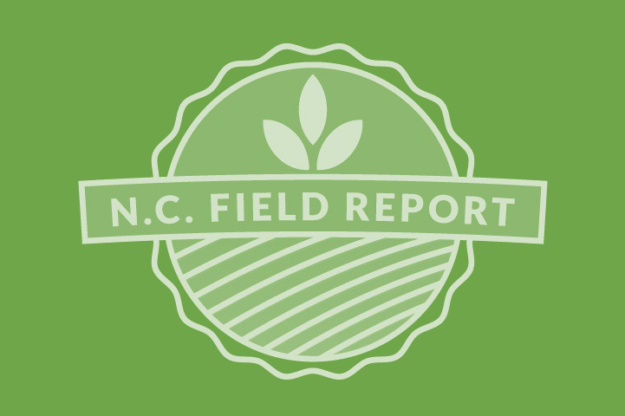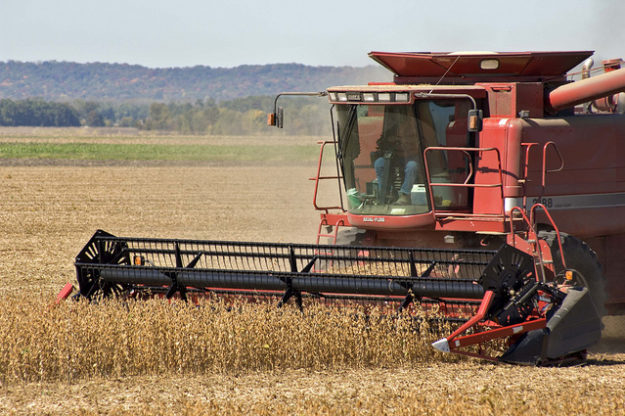EPA Concludes Gylphosate Does Not Cause Cancer
The EPA has made a preliminary finding that glyphosate is unlikely to cause cancer in humans – but the agency isn’t ready to go public yet. The EPA briefly posted to the regulatory docket Monday and then pulled down an October 2015 final report from its Cancer Assessment Review Committee, which is made of up…
Details









